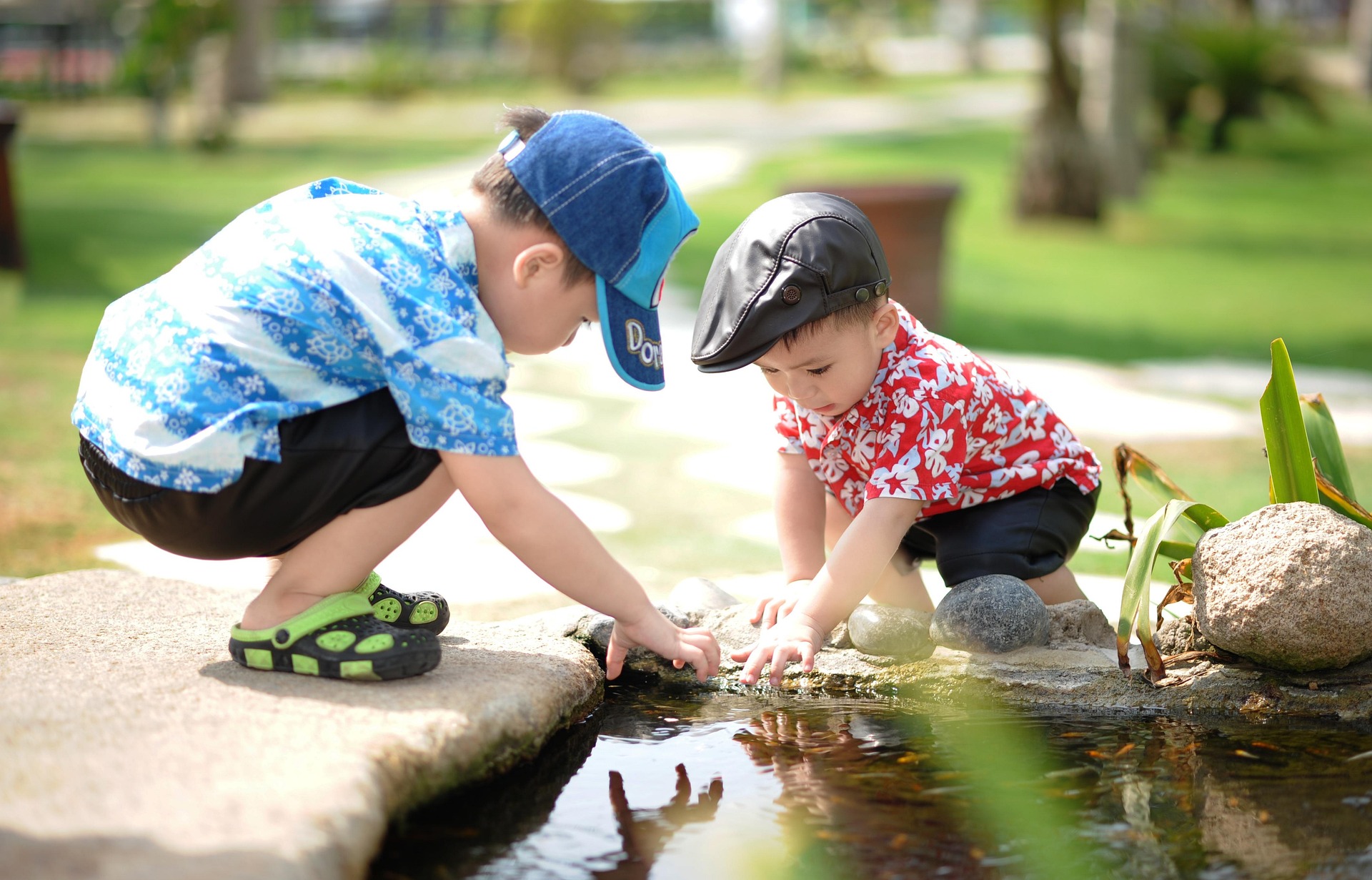
Image Credit: Pixabay
We shall start by defining various skills required for leadership and discussing some aspects of how they can be applied to practical situations, as well as the outcome of applying them. Without further ado, let us get into it.
Respect
To respect another person means demonstrating acceptance of them, treating them with kindness, showing empathy, using polite language, and generally having a healthy interaction with them. This also means setting and respecting reasonable boundaries of interaction that allow for mutual benefit and minimal conflict.
Qualities of respect must first be demonstrated in the way adults treat children. When a child has a positive experience of being treated with respect, they will easily and readily treat others with the same respect they have been accorded. Not only will they expect it of themselves, they will expect it from others.
Teamwork
Working together cooperatively toward a mutually beneficial goal is what teamwork is about. Teamwork entails two or more people coming together, each engaging their strengths in sharing responsibility over tasks, in order to achieve a desired outcome. Additionally, it also includes supporting each other where need be, ensuring that the purpose or goal that was set out is fulfilled
In order for a child to learn how to work as part of a team, they need to participate in activities where they take turns, complete tasks together with others, as well as compete with each other. In this way, they can have the experience of observing how cooperation works to produce the desired outcome.
Communication skills
In order to be understood, one must communicate well, not only in the words they use, but also in their body language. It is said that a large portion of communication is non-verbal. This means that how a person behaves is equally telling of their thoughts and feelings, as the words they use to express themselves.
In order for children to develop good communication skills, they must first be encouraged to use their words to express themselves. This is not only important when a child needs to give their perspective, or make a request, it is particularly key when they need to express a negative feeling.
Knowing how to express both positive and negative feelings without engaging in negative behaviour goes a long way in helping children build confidence they need to express themselves, particularly in difficult situations.
Problem solving
Life is filled with challenges at every turn, and things do not always go as planned. Problem solving is about facing challenges with courage, and fixing things when they go wrong. Problem solving is about recognising that it is possible to recover from, and move through challenging situations.
This is a particularly useful skill for children to develop early in life. It is easy to dwell on the negative feelings generated when things do not work out as we had hoped. For a child, this can be particularly overwhelming.
To teach problem solving, children must be encouraged to participate in problem solving moments with adults. For example, an adult who is faced with a problem that is simple enough, can share with the child the nature of the problem. The adult can then ask the child for their perspective, opinion, or ideas on how to solve the problem.
Another way would be for the adult to engage in helping a child solve a problem of their own. When a child experiences the process of moving from problem to solution, they quickly begin to understand that problems can be worked through, and should not prevent one from living their lives or enjoying the other aspects of it.
Conclusion
We have looked at a few ways in which we can begin engaging children in developing leadership skills. In the next article, we shall look into the remaining skills and draw connections on how all these skills work together in the context of leadership.
We care about the protection of your data. Read our Privacy Policy.
